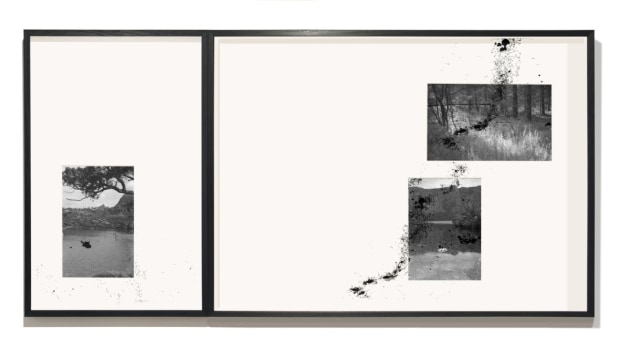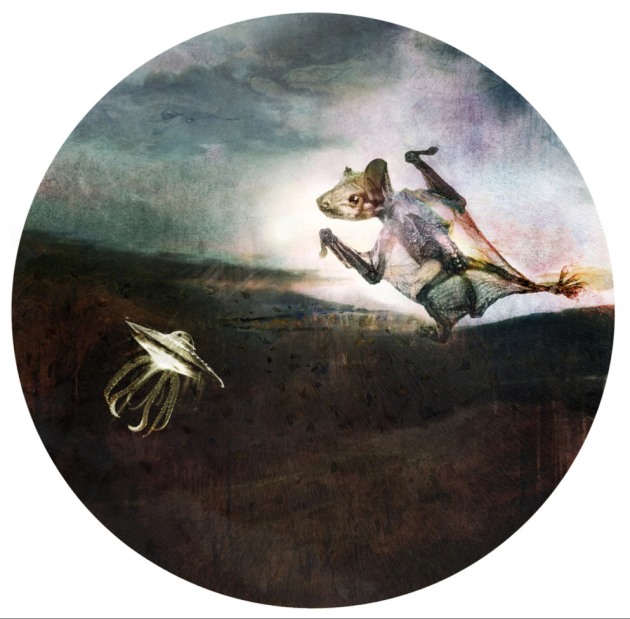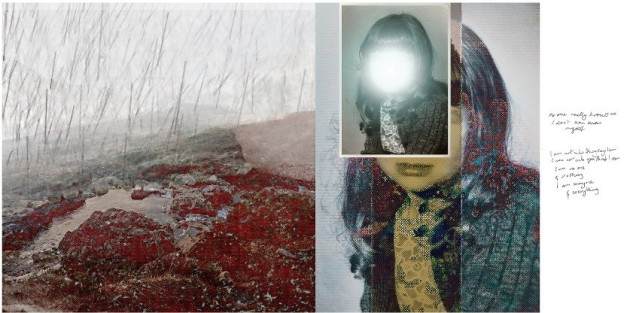Winner of 2023 Mullins Conceptual Photography Prize announced
Melbourne photographer and multi-disciplinary artist Chris Bowes has won the $25,000 Mullins Conceptual Photography Prize for 2023.

He describes his winning series Sun Kissed #1, #2, #3, #4 as a series of experimental photographs created using a hand-made camera that, rather than capturing a representational image, instead captures the colour of light.
"They are presented in pairs, each pair containing an imprint of the light at sunrise and sunset over the course of several days. As such, the work's aim is to reduce landscape photography to its most basic form, imbuing photographic film with an impression of the sun rather than capturing it washing over the environment."
Run by the Australian Photographic Society (APS), The Mullins Conceptual Photography Prize is an acquisitive prize that seeks to find Australia's best conceptual photographs. Entries in the Award must be a still work that has been substantially produced by photographic means, and it is open to analogue and digital photography, collage and mixed media.
In addition to taking home the $25k prize money, Bowes' series will be acquired and join the previous MCPP winners in the Muswellbrook Regional Arts Centre's (MRAC) permanent collection of post-war paintings, ceramic and photography.
The adjudicators of the competition, Victoria Cooper, Eloise Maree, Doug Spowart, and Len Metcalf, also decided that four other finalist works should be Highly Commended. They were:
The Colony Reclaims the Land by Melanie Cobham

A flying saucer over Clyde Mountain, shows Declan, dead at two hours old, how to make a new body out of light, 2023 by Judith Nangala Crispin

I Knew at the Time, 2023 by Jess Leonard, and I don't always understand/selectively mute, 2022 by Arrayah Loynd.

All the finalists are showing until August 26 at the Muswellbrook Regional Arts Centre. You can see them all here.

